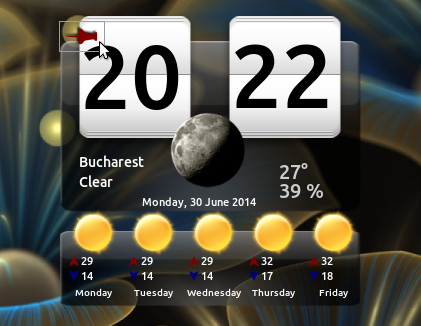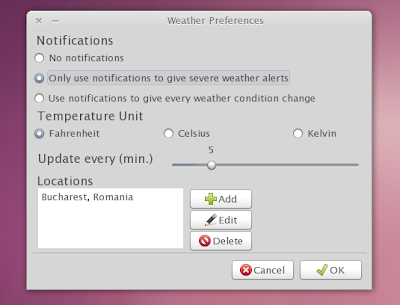
(The term synoptic is derived from the Greek word meaning “general or comprehensive view.”) The so-called synoptic weather map came to be the principal tool of 19th-century meteorologists and continues to be used today in weather stations and on television weather reports around the world. In synoptic meteorology, simultaneous observations for a specific time are plotted on a map for a broad area whereby a general view of the weather in that region is gained. Likewise, it tells of the development of the “synoptic” idea-that of characterizing the weather over a large region at exactly the same time in order to organize information about prevailing conditions. The basis for weather prediction started with the theories of the ancient Greek philosophers and continued with Renaissance scientists, the scientific revolution of the 17th and 18th centuries, and the theoretical models of 20th- and 21st-century atmospheric scientists and meteorologists. In each case the forecaster asks “What is?” in the sense of “What kind of weather prevails today?” and then seeks to determine how it will change in order to extrapolate what it will be.īecause observations are so critical to weather prediction, an account of meteorological measurements and weather forecasting is a story in which ideas and technology are closely intertwined, with creative thinkers drawing new insights from available observations and pointing to the need for new or better measurements, and technology providing the means for making new observations and for processing the data derived from measurements.

Although seemingly quite different, there are underlying similarities between both practices. The primeval approach entailed insights based on the accumulated experience of the perceptive observer, while the modern technique consists of solving equations. Yet, even the most sophisticated numerically calculated forecast made on a supercomputer requires a set of measurements of the condition of the atmosphere-an initial picture of temperature, wind, and other basic elements, somewhat comparable to that formed by our forebears when they looked out of their cave dwellings. The modern tools used to measure temperature, pressure, wind, and humidity in the 21st century would certainly amaze them, and the results obviously are better. In a sense, weather forecasting is still carried out in basically the same way as it was by the earliest humans-namely, by making observations and predicting changes. With such information they must have enjoyed greater success in the search for food and safety, the major objectives of that time. From the days when early humans ventured from caves and other natural shelters, perceptive individuals in all likelihood became leaders by being able to detect nature’s signs of impending snow, rain, or wind, indeed of any change in weather. The observations of few other scientific enterprises are as vital or affect as many people as those related to weather forecasting.
WEATHER INDICATOR APP HOW TO



 0 kommentar(er)
0 kommentar(er)
